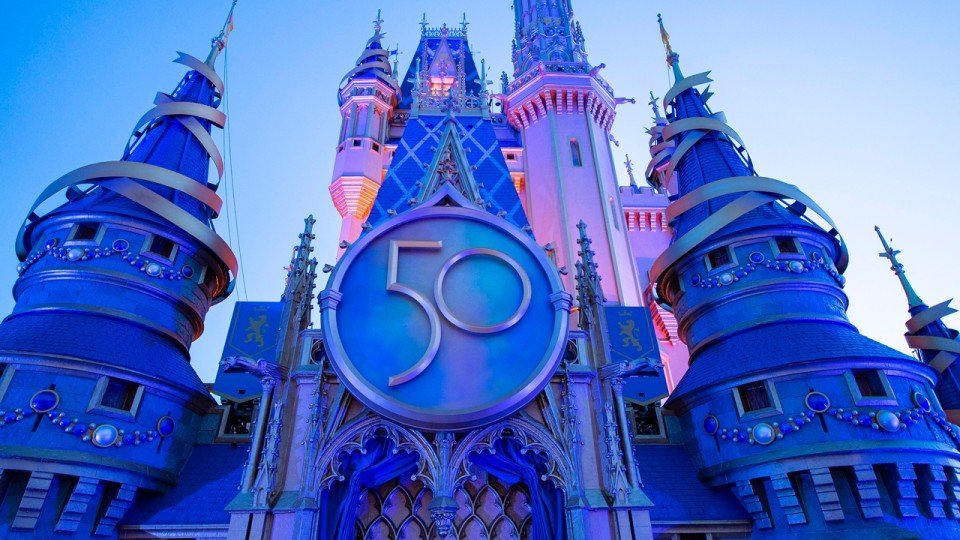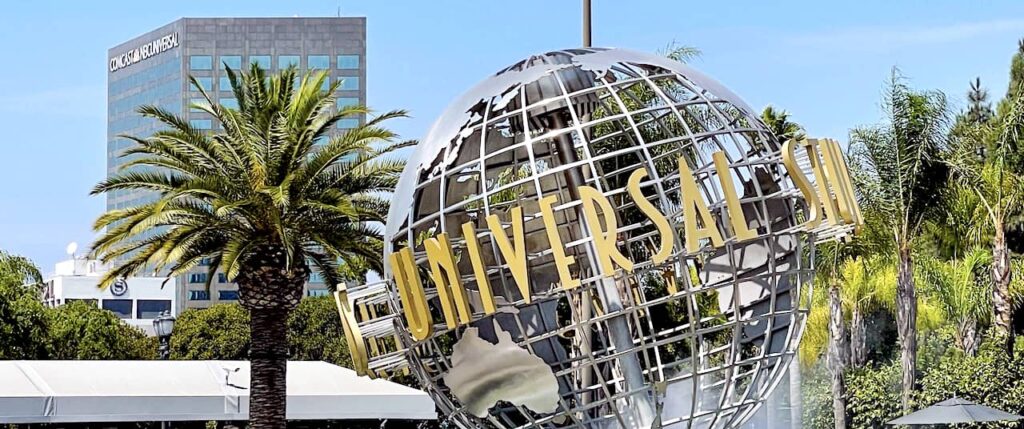A complete ton has improved because FastPass made its debut at Walt Disney Entire world 25 a long time in the past. From FastPass to FastPass+ and Genie+, Disney’s engineers have produced three unique and unique techniques meant to enable attendees “Wait Much less, Experience More”.
From the purity of “paper Fastpass” with its inherent equality, to the pre-arranging and on-web page-prioritizing of FastPass+, and onward to the earnings-creating Genie, we’re capturing “The Good” and “The Bad” of just about every. Be sure to vote in our poll on the final webpage to notify us which of these a few methods – “flaws and all” – you’d most like to see in place at Disney Parks now.
“Paper FastPass” (1999 – 2013)
Picture: DisneyWe have to recall that when FastPass was to start with analyzed in 1999, the concept was innovative. Disney’s FastPass allowed any guest the chance to attain priority boarding to major sights, at no supplemental price. In the beginning installed at just one or two key E-Ticket sights at each individual park, FastPass shortly distribute to nearly all major attractions.
In follow, friends could secure a FastPass by viewing a tiny FastPass Distribution region (ordinarily 4 – 6 tall kiosks) in the vicinity of a participating ride. A clock there would notify guests of the “return time” that that experience was at this time distributing for – an hour-very long window that highly developed in 5 moment increments as FastPass capacity was booked into.
Image: Betsy Malloy PhotographyBy scanning the barcode on the again of their admission media (ticket, go, etc.), attendees would obtain a paper print-out both confirming their hour-extensive “return time” window, or notifying them that they ended up ineligible to join. Just after all, visitors could carry only one FastPass reservation at a time, turning into suitable to acquire another either once the “return time” window for the initial experienced arrived, or soon after two hrs experienced handed since they’d collected the initial – whichever was sooner.
Driving the scenes, FastPass was what we’d now connect with a “virtual queue,” setting aside a portion (generally, a the greater part) of a ride’s hourly capability to guests who have been not bodily waiting around in line. In simple terms, picture a journey could process 1,000 company for every hour. 700 of people “slots” were pre-booked by attendees who would be advised to return in some aspect of that hour. So even if only 299 individuals stood in front of you in the “Stand-by” queue, you had been technically 1000th in line, with the “Stand-by” hold out reflecting that.
The Superior
Image: Jeff Gritchen, Orange County Sign up/SCNGFastPass was “free.” Or, as “free” as items at Disney Parks ever are. It is almost certainly wiser to say that FastPass was “included” in the usually-exorbitant admission charges of Disney Parks. But to a visitor, that is enough, and there’s no doubt that FastPass was a point of satisfaction for Disney and its admirers the sort of baked-in, priceless profit that competitors couldn’t match.
FastPass was accessible to all, equally. When you believe about it, it’s sort of wild that all people had the identical degree of obtain to FastPass, regardless of whether they have been remaining on-website or off-web page Price or Deluxe working day-visitor or Yearly Passholder. It was not “for sale” and you couldn’t get additional or improved obtain. Definitely, there is good and bad to that, but at it is core, it is a uniquely very well-intentioned component of FastPass’s DNA. That also made it a lot easier to belly FastPass friends passing you in line for the rides you did not get a FastPass for it intended that you’d basically prioritized a diverse ride and chosen to do this one particular Stand-by.
FastPass was actual time and flexible. No matter if you liked or hated it, paper FastPass was a process that labored in true time. Guests made options as they went, gathering nearby FastPasses. (“Oh search! The hold out for Indiana Jones Adventure is 40 minutes, or we can grab FastPasses and come again in an hour. Let us seize FastPasses, do the Treehouse, get a Dole Whip, and cease by the Tiki Area, then it’ll be time to ride!”)
The Terrible
Impression: DisneyFastPass was straightforward to manipulate. Theme park execs like us may well listing this below “The Good” of FastPass, due to the fact let us be genuine – we realized how to use it very well. It was not abnormal for Disney “regulars” to get 6, 7, 8, or much more priority boardings in a day when when-in-a-life time-ers only managed to get one particular or two – if they even understood it was absolutely free and accessible.
Technically, FastPass psychologically tricked us into pondering we waited less when we did not. Inherent in any line-skipping technique is the idea that when some people get precedence boarding, others get slowed down. So while an regular guest might’ve been lucky to get 2, 3, or 4 FastPasses in a working day and truly feel definitely very good about that, it turned all of their other waits in the working day into swampy, stagnant, “Stand-by” traces, this means their ordinary hold out time above the working day pretty considerably evened out.
Graphic: Undercover VacationerFastPass needed some hard work. Undoubtedly one of the big disadvantages of paper FastPass was that return times necessary to be collected from FastPass Distribution places located at just about every particular person journey. This endeavor was frequently specified to a member of the group identified lovingly as “the FastPass runner” who would will need to trek throughout the park with everyone’s admission ticket in their pocket to gather a FastPass for all people. This “FastPass runner” essential to be a person move in advance, arranging out return situations in real time and maximizing the payoff. (By late in its use, Disney was commencing to experiment with centralized FastPass Distribution for each land, with company choosing which attraction in that land they needed from a contact display.)
The Lengthy & Quick
FastPass was not ideal, but in many means, the program feels like it nevertheless retains up! And not just since it’s nostalgic, but due to the fact fundamentally, it still feels fair, equivalent, and like a stage of satisfaction for Disney.
Image: Undercover VacationerIn 2017, Disneyland introduced “MaxPass” – an optional, $10 per individual for each day add-on that generally gave obtaining company the opportunity to ebook FastPass from their phone relatively than going for walks to Distribution places. MaxPass didn’t always give guests more access just a extra convenient way to safe FastPasses, which if not remained no cost to all. In that window when FastPass and MaxPass overlapped, we observed what – someplace in the multiverse – is however a photograph best mixture exactly where Disney could deliver profits while however leaving the core technique available to all.
But again in our universe, by time MaxPass debuted, Disney Planet had long ago accomplished away with paper FastPass… which delivers us to our following option…



